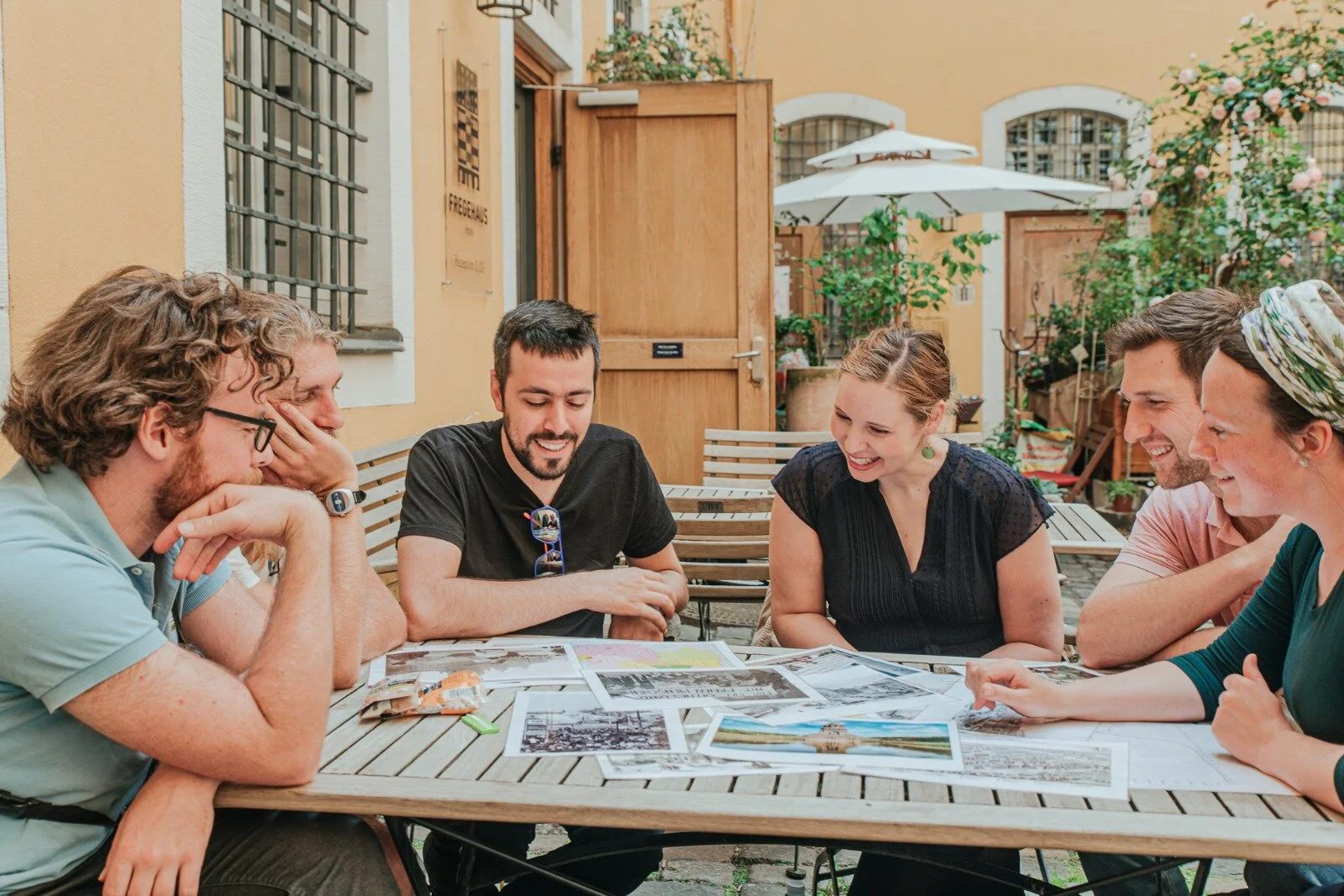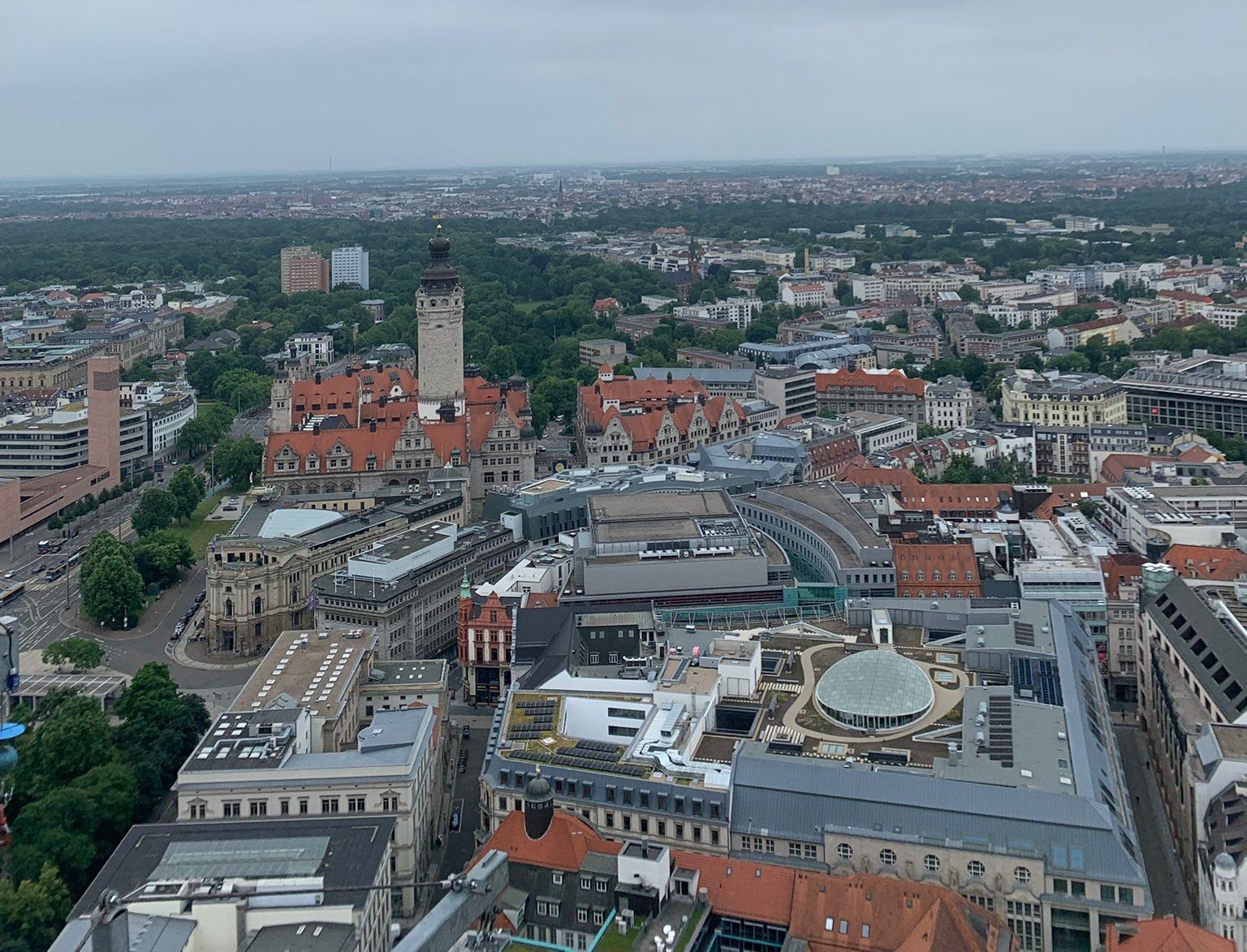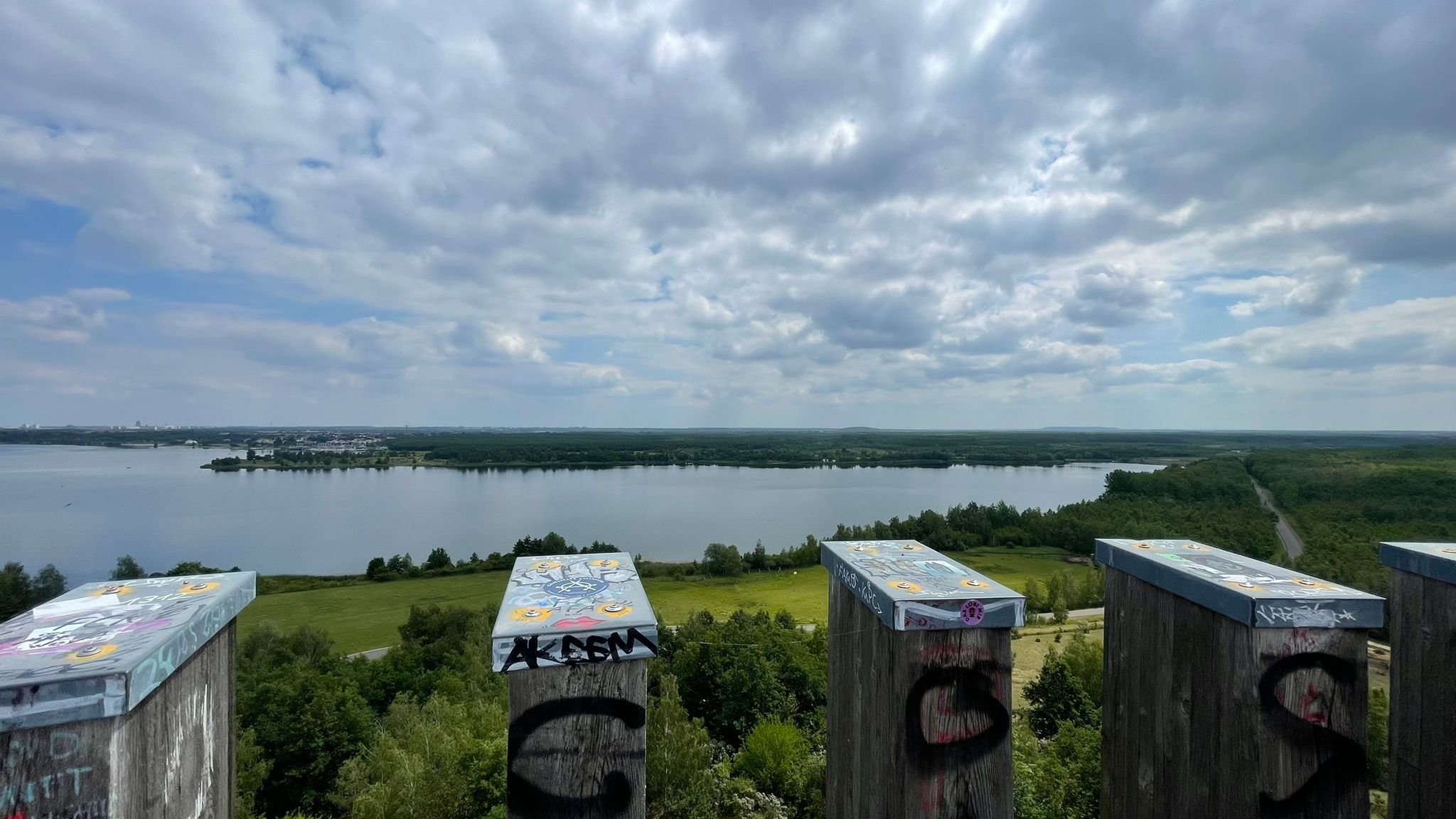🗺️ The Best of Leipzig: Matej's Essential Insider Tips
Welcome to Leipzig, the dynamic city renowned for its music, history, and incredibly vibrant arts and culture scene. Forget the daily routine; here are my absolute best tips—from the oldest cellars to the highest viewpoints and the vast new lakes—to help you experience the best that "Little Paris" has to offer.
🍽️ Best Places to Eat (Matej's Picks)
Restaurant NameVibe & CuisineMatej's TipAuerbachs KellerTraditional Saxon & German; historic and literary landmark.A quintessential Leipzig experience. You must go here, not just for the food but for its connection to Goethe’s Faust. Reservations are recommended!
Panorama Tower ("Plate of Art")Fine Dining; German/International; highest restaurant in Central Germany.Go for the unbeatable 360-degree view, especially around sunset. A truly spectacular evening.
GAOCasual; Vietnamese & great Vegetarian/Vegan options.A modern favorite. Quick, fresh, and incredibly tasty. A great option if you need a break from traditional German fare.
L'Osteria LeipzigCasual Italian; famous for huge pizzas.Great for an affordable and satisfying comfort meal—perfect for a relaxed evening or Sunday lunch.
🏛️ Essential Museums & Historic Sites to Visit
Leipzig is a hub of history, art, and music—you could spend a week just museum-hopping!
Monument to the Battle of the Nations (Völkerschlachtdenkmal): Europe's largest monument, built to commemorate the defeat of Napoleon in 1813. It's a massive and impressive structure. Matej's Tip: Climb the 364 steps to the viewing platform for a breathtaking panorama of the city and surrounding landscape. Don't miss the FORUM 1813 museum at its base.
Memorial Museum in the "Round Corner" (Gedenkstätte Museum in der Runden Ecke): A powerful and free museum housed in the former district headquarters of the Stasi (East German secret police). It offers a gripping look into the repression and surveillance of the GDR era.
Bach-Museum: Explore the life and work of the legendary Johann Sebastian Bach in this interactive museum, located right across from the St. Thomas Church where he worked.
Museum of Fine Arts (MdbK): Housed in a striking modern glass building, this museum boasts collections spanning from the Old Masters to contemporary Leipzig School artists.
Grassi Museum Complex: A massive cultural hub featuring three museums under one roof: The Museum of Applied Arts, the Museum of Ethnology, and the Museum of Musical Instruments.
Forum of Contemporary History Leipzig (Zeitgeschichtliches Forum): An excellent, in-depth look at German history from the end of WWII through the fall of the Berlin Wall and reunification.
🌳🛶 Best Outside Activities & Nature (The Green City)
Leipzig is famous for its extensive green spaces and the transformation of its former industrial mining sites into a beautiful "New Lakeland" region (Neuseenland).
The Leipzig Waterways & Canals
Leipzig is crisscrossed by rivers and canals, making water sports a favorite local pastime.
Canoeing/Kayaking on the Karl Heine Canal: Rent a kayak or canoe and paddle through the former industrial district of Plagwitz. This is a unique way to see the historic brick factories and stylish lofts of the area.
Motorboat Canal Sightseeing Tour: Take a guided motorboat tour starting from the City Harbor to learn about the history of the waterways and see sights like the Palmengartenwehr.
Parks and Forest
Clara-Zetkin Park & Johanna Park: These seamlessly connected parks form the "Green Lung" of the city center. Perfect for walking, jogging, cycling, or enjoying a beer garden in the summer.
Leipzig Floodplain Forest (Leipziger Auenwald): This massive nature reserve cuts right through the city, offering miles of cycling and hiking trails. Keep an eye out for wildlife!
Leipzig's New Lakeland (Neuseenland)
Just south of the city, former open-cast mines have been flooded to create a massive recreational lake district—a must-see for nature and sport lovers.
Lake Cospuden (Cossi): The most popular lake, featuring a long sandy beach (Nordstrand), Zöbigker harbor with rentals, and a great paved path for cycling and inline skating.
Lake Markkleeberg: Home to the Kanupark Markkleeberg, an artificial white-water course where you can raft or kayak. It also offers sailing, surfing, and climbing parks.
🌃 Best Places to Go Out
Leipzig's nightlife is famously diverse, from historic cellars to world-class techno clubs.
Nightlife District / VenueVibeFocusKarl-Liebknecht-Straße (KarLi)Trendy, lively, student-focused.The main street for modern Leipzig nightlife. Filled with casual bars, cocktail lounges (Café Puschkin), and pubs.
Drallewatsch (Barfussgäßchen)Historic, central, high density of bars.A charming, busy pub street right in the Old Town. Great for bar-hopping and finding a spot with outdoor seating. Includes jazz spot Spizz.Plagwitz DistrictAlternative, artistic, underground.This former industrial area is home to unique bars and clubs in converted factory spaces. The vibe is decidedly cool and non-mainstream.
MoritzbasteiCultural Center, Historic, Multi-room.A sprawling youth and student club housed in the city's ancient fortifications, offering multiple rooms for concerts, parties, and cultural events.
Gosenschenke Ohne BedenkenTraditional, relaxed, local specialty.The perfect spot to try Gose, Leipzig's local sour beer, in a rustic, centuries-old tavern setting.
📣 Where to Check for Events
Want to know what's on tonight? From concerts and readings to the best parties and theatre performances, the local events portal is your go-to guide.


















